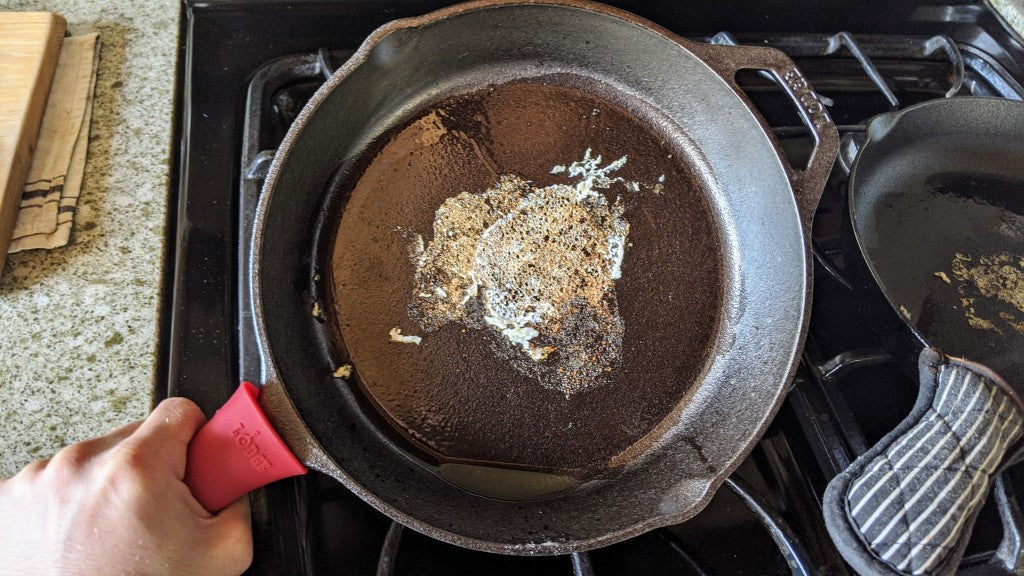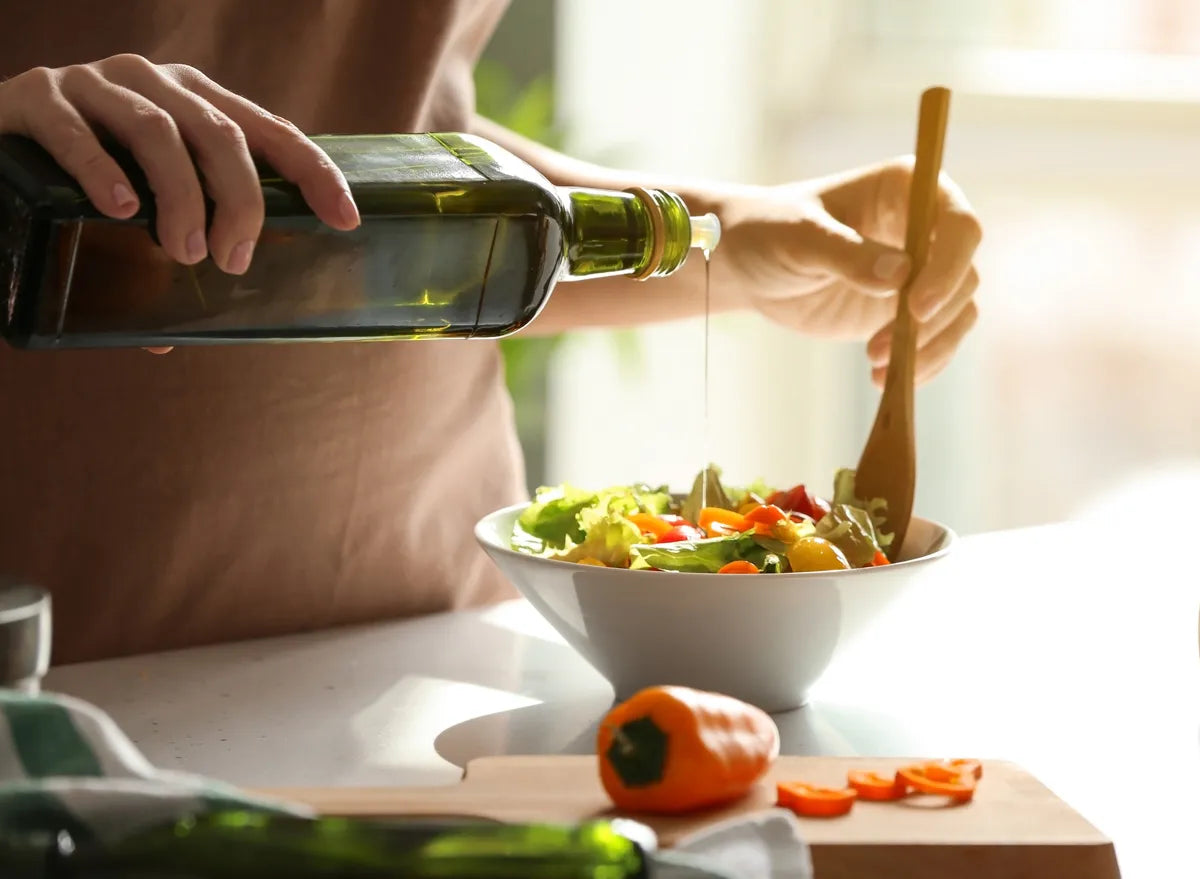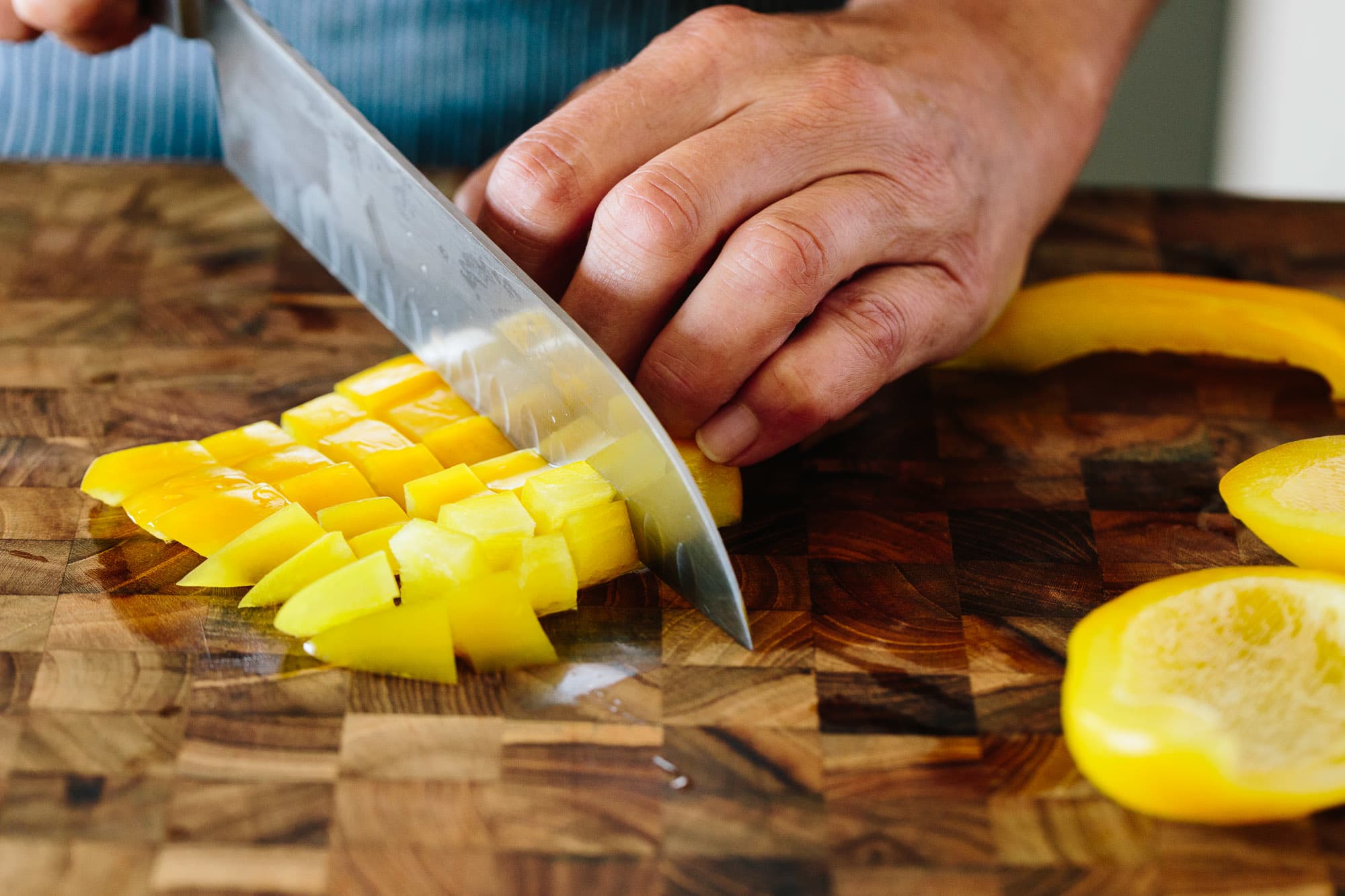Welding cast iron skillets can seem daunting, especially for kitchen professionals who rely heavily on these kitchen tools. In this article, we will delve into the intricacies of how to weld cast iron skillet, providing step-by-step guidance and practical tips designed for chefs, cooks, and food enthusiasts. A cast iron skillet is more than just a cooking utensil; it is a lifelong kitchen companion that can be restored to its former glory through proper welding techniques.
Many culinary experts often face the dilemma of a cracked or broken cast iron skillet. While this may feel like the end, this article will demonstrate that it's far from that. Mastering the art of welding cast iron skillet not only enhances its lifespan but also improves its cooking performance.
:max_bytes(150000):strip_icc()/super-thin-cast-iron-pan-steaks-FT-BLOG0316-b963522342d1473092f9096ed61caaee.jpg)
Understanding Cast Iron: Why It Matters
Cast iron is lauded for its outstanding heat retention and even cooking. Unlike traditional nonstick pans, built-in seasoning develops a natural nonstick surface over time, making cast iron the go-to choice for many kitchen professionals. Understanding the chemistry and characteristics of cast iron plays a crucial role in successfully learning how to weld cast iron skillet.
Key Characteristics of Cast Iron
- High heat retention
- Durability and longevity
- Ability to develop seasoning
- Reactive nature with acidic foods
Essential Tools for Welding Cast Iron Skillet
Before diving into the actual welding process, it is crucial to gather all necessary tools. Having the right equipment will not only streamline the process but also achieve better results. Heres a list of essential tools:
- Welder: Choose a MIG or TIG welder for the best results.
- Electrodes: Use nickel-based electrodes that are ideal for cast iron.
- Angle Grinder: For cleaning cracked areas before welding.
- Protective Gear: Don't forget gloves, goggles, and a welding mask.
- Clamp or Jig: To stabilize the skillet during the welding process.
Preparing the Skillet for Welding
Before you can start the welding process, some preparatory steps are essential:
- Clean the Area: Remove any rust, grime, or old seasoning using an angle grinder.
- Inspect the Damage: Get a clear understanding of the cracks or breaks before proceeding.
- Stabilize the Skillet: Using clamps will help keep the skillet steady during welding.
Welding Techniques for Cast Iron Skillet
Mastering the welding technique plays a major role in restoring your cast iron skillet. Here are two common techniques:
MIG Welding
MIG welding is user-friendly and effective for cast iron. Heres how to do it:
- Set Up the Welder: Adjust the settings for cast iron.
- Weld the Crack: Apply weld beads along the crack, ensuring a thorough penetration of the weld.
- Cool Down Slowly: Allow the skillet to cool naturally to avoid thermal shock.
TIG Welding
TIG welding offers precision, especially for thinner sections of cast iron. Heres how:
- Prepare the Welder: Set for AC current and ensure the right tungsten size is installed.
- Weld with Care: Focus on feeding the filler rod into the joint while maintaining an appropriate arc distance.
- Post-Weld Treatment: Clean and re-season the skillet to enhance its nonstick properties.
Post-Welding Care and Maintenance
After you've successfully welded the cast iron skillet, post-welding care is essential to ensure its longevity:
- Re-Season the Skillet: Coat it with oil and heat it gradually to restore the seasoning.
- Avoid Sudden Temperature Changes: Transitions can cause cracking.
- Regular Maintenance: Clean and maintain the skillet regularly for optimal performance.
Common Mistakes to Avoid During Welding
Kitchens professionals should be aware of potential pitfalls while welding:
- Not Cleaning the Area Well: Residues can cause poor weld quality.
- Welding Too Quickly: Rapid welding can cause weak bonds in the cast iron.
- Ignoring Temperature Management: Failing to preheat may lead to cracking.
Utilizing Your Welded Skillet
Once your skillet is welded and properly maintained, it's time to utilize it in the kitchen once more. Here are a few recipes that will highlight the best use of a cast iron skillet:
For a delightful and robust flavor, consider cooking kielbasa or even trying your hand at cooking grouper in your newly restored skillet. These recipes will ensure that you remember the joy of cooking on cast iron.
Why a Cast Iron Skillet is Worth the Effort
While the initial investment of restoration through welding may seem daunting, the benefits far outweigh the effort it takes:
- Culinary Versatility: Cast iron skillets can go from stovetop to oven seamlessly.
- Longevity: A well-maintained cast iron skillet can last a lifetime.
- Improved Flavor: Foods cooked in cast iron often taste richer and more infused with flavor.
:max_bytes(150000):strip_icc()/mushrooms-onions-skillet-bbq-grill-getty-0621-2000-97781f1648d24990a4a57461f753f214.jpg)
FAQs about Welding Cast Iron Skillet
1. Can I weld any cast iron skillet?
You can weld certain cast iron skillets, but it is important to check the alloy type before proceeding.
2. Is welding cast iron skillets safe?
Yes, as long as you follow the necessary precautions, including proper protective gear.
3. How often should I re-season my cast iron skillet?
It is recommended to re-season whenever you notice food sticking or overly rough surface conditions.
As an Amazon Associate, I earn from qualifying purchases.
For more detailed information, you can check out this guide on how to use a cast iron skillet.






Leave a comment
This site is protected by hCaptcha and the hCaptcha Privacy Policy and Terms of Service apply.